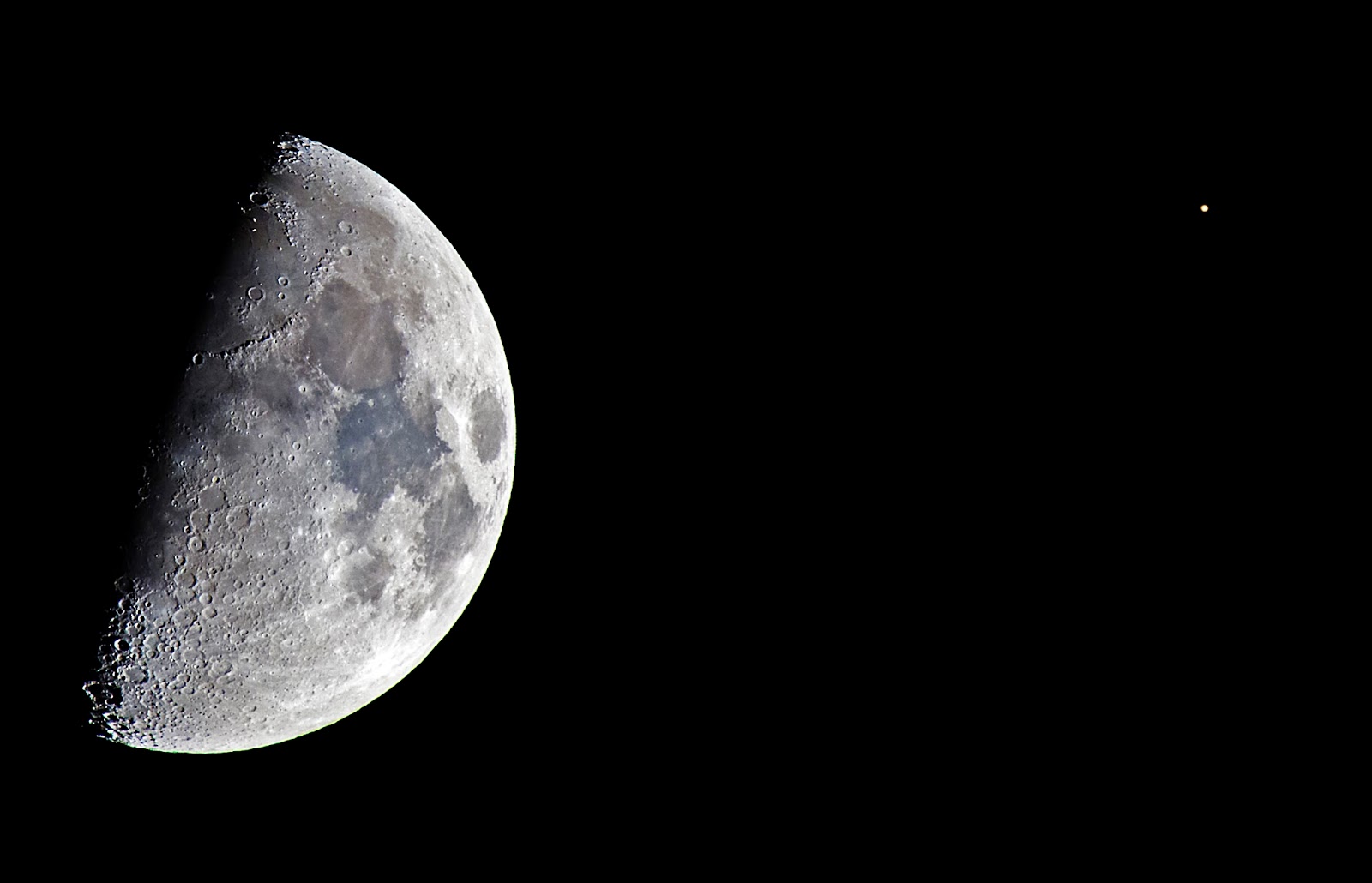On this evening's walk up the San Gabriel River Trail, we found that twenty or so
Cliff Swallows had taken up residence under the D.B. Wood bridge. I am puzzled by the timing of their arrival. This
USGS article states that Cliff Swallows, which winter in Argentina, should arrive in Central Texas in late March. This is about the date that the colony of
Northern Rough-winged Swallows started nesting nearby in the drainage holes situated along the wall of the dam spillway. The mud dwellings under the bridge, however, have been empty. Every time we walk the trail we look up at the underside of the bridge looking for the resident
Canyon Wren and feel certain we would have noticed the activity of these Cliff Swallows. Here is a photograph I took of one section of the colony. Note the dark throats and white forehead which distinguish these from the similar
Cave Swallow.
 |
| Cliff Swallow Colony - Canon SX-50 HS - 215mm, f/6.5, 1/100 sec, ISO-800 |
Returned two days later and found much less activity in the colony. However, clearly saw nestlings being fed by parents. Some of these chicks have mature-looking feathers. Clearly, the colony has been active for some number of weeks and we have just missed the activity.
Thanks to a commenter on
Facebook, Birds of Texas, indicating that, in addition to the plumage, the narrow-opening, gourd-shaped nests are also indicative of the species. Cave swallows make nests with more open tops. Danielle found this article on blog named
Big Bend - Texas Nature which has some further description of the nests.
 |
| Canon 60Da, EF 100-400mm f/4.5-5.6L with Kenko x1.4 - 560mm, f/9, 1/100 sec, ISO-800 (Flash) |








